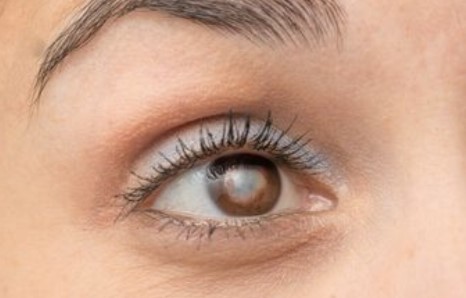Did you know that there are many types of cataracts? Keep scrolling up to know all types of cataracts!
As the number one cause of blindness in the world, cataracts are divided into various types according to their nature and characteristics.
Cataracts Based on Age
Source: BolaStylo.com
- Senile Cataract
Senile cataract usually affects the elderly (over 50 years) and results in the lens becoming cloudy, thickening, and decreasing the power of accommodation.
In addition to age, senile cataract can also be caused by diabetes mellitus, hypertension, and eye metabolic disorders.
- Juvenile Cataract
Juvenile cataract is a type of cataract that usually affects adolescents aged 1 year to 23 years.
This cataract usually occurs every 1 in 2000 live births. Usually occurs due to interference with the normal development of the lens.
- Congenital Cataract
Cataracts in babies are due to problems during pregnancy that are common in pregnant women.
This cataract can be caused by pregnant women who have toxoplasma, rubella, and others. Usually the baby will immediately suffer from congenital cataracts at birth.
Half of patients with congenital cataracts develop other eye anomalies such as PHPV, aniridia, coloboma, and others.
Cataracts Based on Cause
Source: freepik.com
- Traumatic Cataract
Traumatic cataracts occur as a result of injury to the eye. These injuries can occur due to exposure to continuous heat, exposure to chemicals, stone chips, and others.
Traumatic cataracts can occur after the injury or years later.
- Complicated Cataract
Complicated cataracts occur as a result of infection, long-term use of steroids, diabetes, and a history of chronic or recurrent uveitis.
- Pseudoexfoliation Syndrome
Pseudoexfoliation syndrome is a cataract accompanied by the presence of material that causes other disorders/diseases such as glaucoma.
Cataracts are caused by age and sometimes other diseases that can occur at a young age.
Cataracts Based on Location or Lens Opacity
Source: freepik.com
- Nuclear Cataract
An opacity that forms in the center of the lens accompanied by a gradual change in color of the lens to yellow or brown is known as a nuclear cataract.
Nuclear cataract sufferers find it difficult to distinguish eye patterns and see far vision. This type of cataract is most often found in the elderly because farsightedness, which is a risk factor for nuclear cataracts, occurs in the elderly.
- Cortical Cataract
The opacities that occur in cortical cataract are uneven and are located in the cortex (the outer rim or edge of the lens).
In cortical cataract, a white area forms around the lens, which scatters light as it enters the eye and results in blurred and dazzled vision when looking at a light source.
- Subcapsular Cataract
The opacities in subcapsular cataracts are divided into opacities in the back area or opacities in the lens area of the eye, as described below:
- Posterior Subcapsular Cataract: cloudiness occurs behind the lens in the path of light as it passes through the lens. Usually occurs due to diabetes mellitus.
- Anterior Subcapsular Cataract: opacification occurs in front of the lens and is usually the result of injury.
People with subcapsular cataracts experience dazzle, have poor vision in bright light, and are more impaired at near than at distance vision.
- Mature Cataract
The opacity in mature cataract occurs in the entire lens, causing the patient to be completely unable to see the image.
People with mature cataracts will not be able to see and recognize objects in front of them.
When to See a Doctor?
If you are still confused and in doubt about your health condition, whether you have eye disease or not, you can now easily ask a qualified doctor from the well-known hospital RSCM!
Simply by downloading the SmartRSCM application by ReadyDOK via the App Store or Play Store, you can immediately consult online without having to travel to the hospital!
So, what are you waiting for? #RelyOnYourDoctors right away!
(Callysta Nathania Regina Nariswari)
Medically reviewed by: dr. Henry Riyanto Sofyan, Sp.S
References
Astari, P. (2018). Accessed in 2022. Katarak: Klasifikasi, Tatalaksana, dan Komplikasi Operasi. CDK-269, 45(10), 749. CDK Journal.
